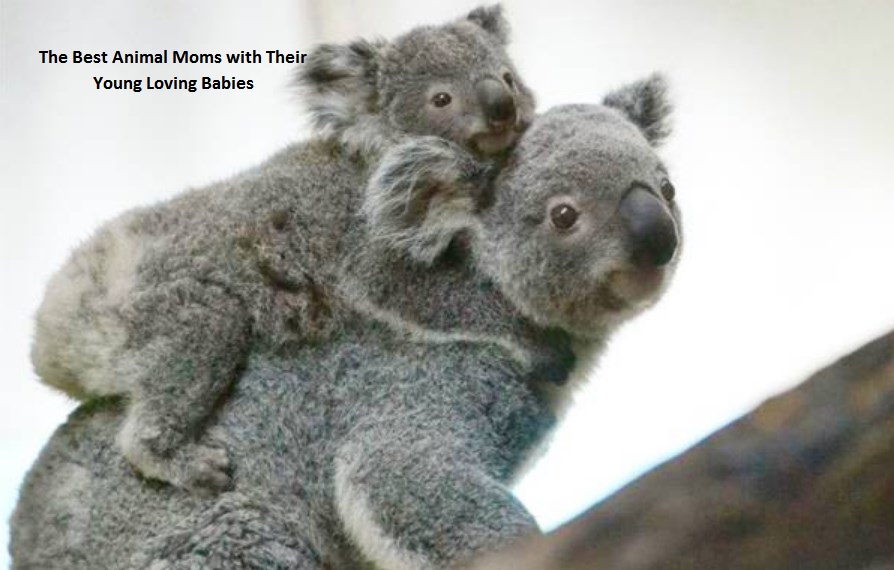We all love a cute baby animal, but the cuteness factor goes out of the charts when portrayed with their adult counterparts! The similarity between each pair of animals is almost scary, and those loved ones will definitely give you their daily dose of cuteness. Enjoy these adorable parent animals and their baby animals.
But for some species, mothers will do anything to protect their young. Below is a list of some of the loving and most dedicated animal mothers of the animal kingdom.
Table of Contents
Giraffe calf:
Giraffe calves are already about two feet tall! Although they have seen full-grown giraffes, it’s pretty easy to see a boy, even when he’s alone. Unfortunately, we’ve learned that giraffes are not very good parents and leave their babies several miles away when traveling.
Baboon infant:
Baboon babies cling to their mother’s abdomen for the first month and then ride on their mother’s back at the age of five or six weeks. This cute little guy was less than a month old! We were lucky to see him playing near the road, even though he had driven around to hold Mama as soon as we stopped.
Wildebeest calf:
Wildebeest calves can stand within a few minutes after birth and walk with the herd within an hour of birth. We saw some young calves as the Great Migration moved south from the Serengeti Plains to the Clangorous Crater, where the new gives birth to his calves in the short grassy plains.
Cape buffalo calf:
Cape buffalo calves rely completely on their mothers in the first year. The females stay with the natural herd. We mainly saw male herds, but they discovered calves in a female herd that we encountered.
Warthog piglet:
Warthog mothers only have four teats and piglets suck each on their own. No sharing! When warthogs run, their tail stays straight and the piglets run in line behind mom. Although I hope they did not run in front of a predator, they are too cute in run mode.
Monkey infant:
Like baboons, monkey children cling to their mother’s arms and take a ride on their bellies. Since mother and dad protect their children so, baby monkeys can be difficult to recognize. Like all children, they like to play and you could discover them if they are persecuting each other. As soon as the parents see you, they pack their babies and hold them in a protective place.
Crocodile hatching:
Crocodiles lay about 50 eggs and bury them in the sand on the riverbank. Of the 50 eggs, only one or two young survive. This little man was sunning himself next to his mother in the Serengeti.
Hyrax:
Hyrax lives in families of up to 50 years and looks like a rabbit without long ears and cotton tails that can climb. The babies all cuddle with their mother when they take a nap, and we were quite amused when we saw the Hyrax families at the Serengeti Migration Camp.
Thompson gazelle fawn:
Thompson gazelles are very small; an adult is only about 2 to 3 meters high. Females move away from the herd to give birth to a single deer, and the deer will spend most of its time resting in the grass. It is not common to see a deer, so we were fortunate enough to see this little deer with his mother in the short grassy plains of the Clangorous Crater during the Great Migration.
Zebra foal:
Zebra foal is actually born brown and white and with a thicker coat. They look blurry, which makes them all the more adorable. Like wildebeest, zebras have their babies just before the long rains in February. In Clangorous Crater we saw some baby zebras.
We’ve seen things that put the cycle of life in perspective, like hyenas hunting gnus, lions killing in the morning, and an elephant that died from a wound that was probably caused by poachers. But we’ve also seen the cutest baby animals that will absolutely melt your heart.
Alex is fascinated with “understanding” people. It’s actually what drives everything he does. He believes in a thoughtful exploration of how you shape your thoughts, experience of the world.

